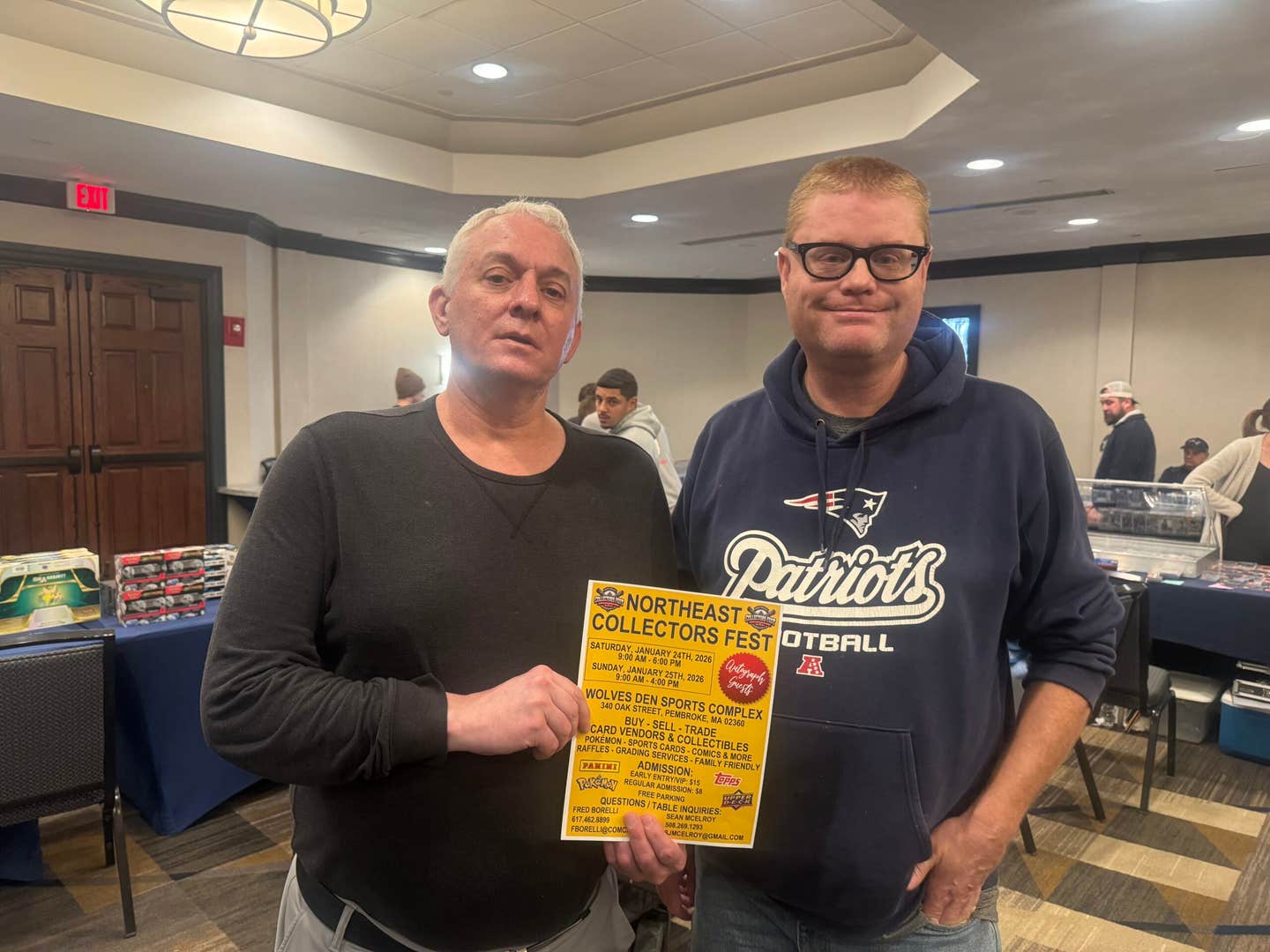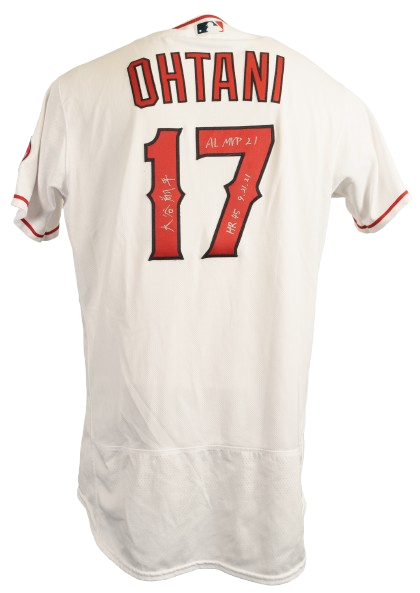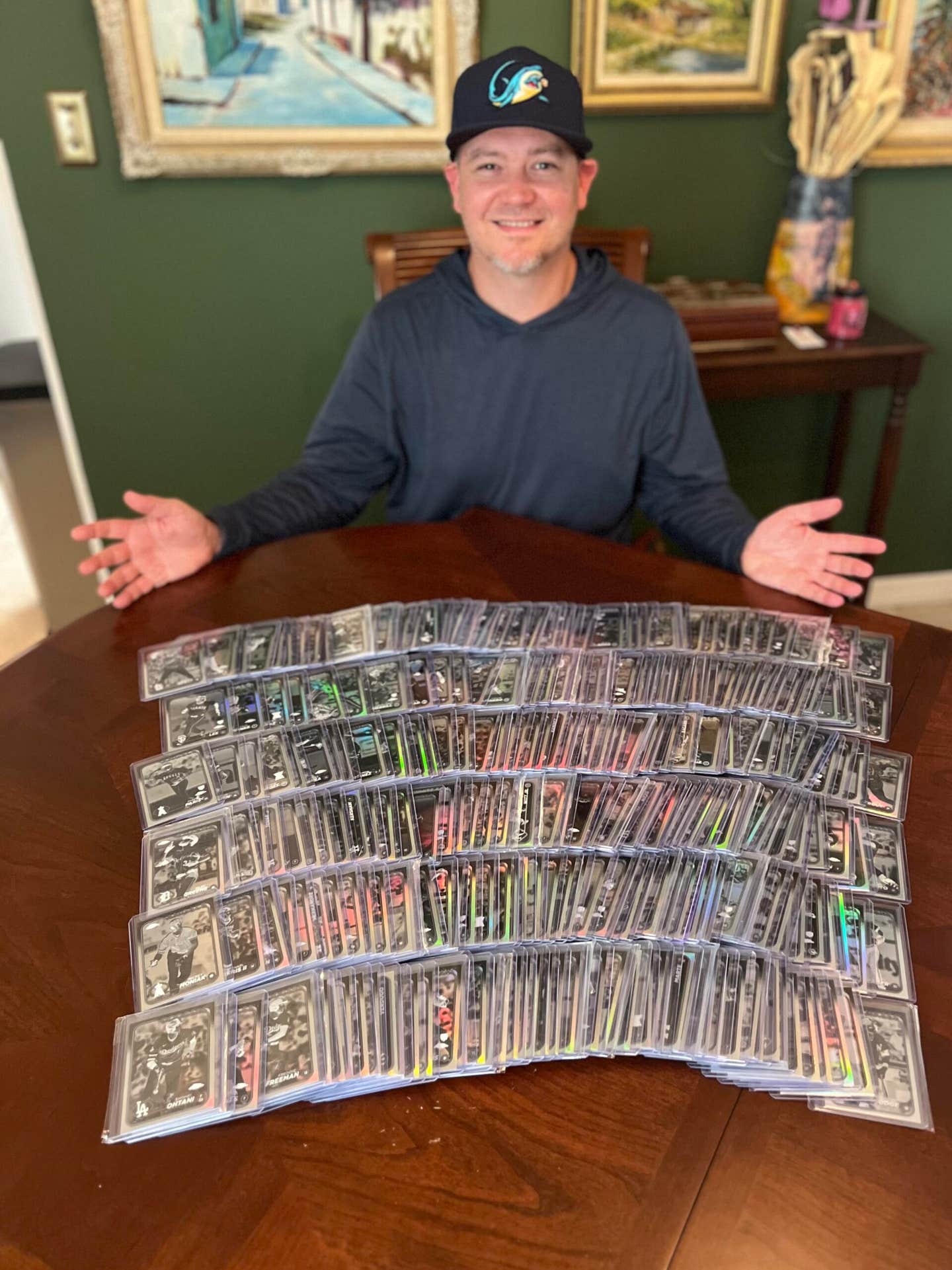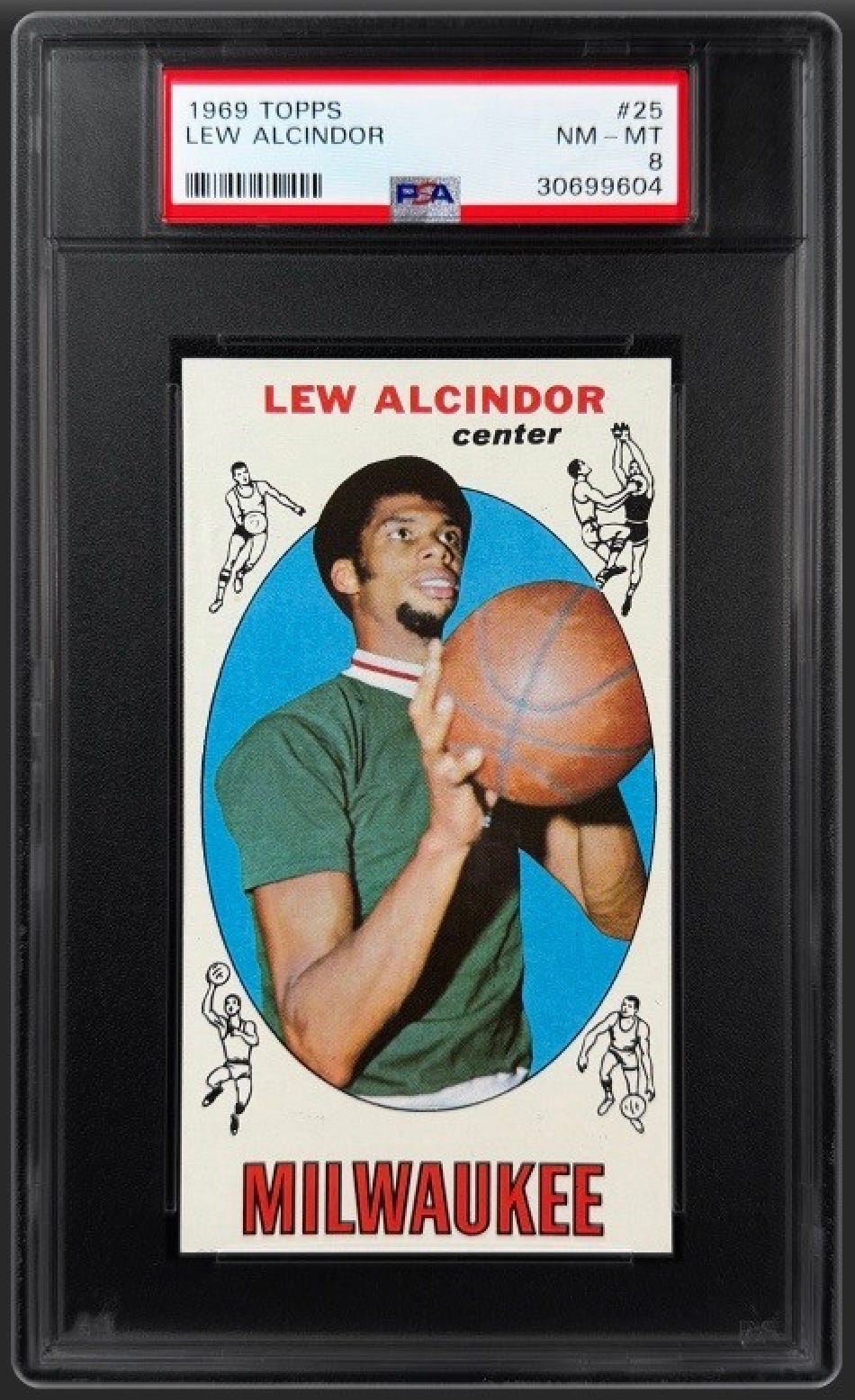Collecting 101
Hobby’s changed, but Mickey’s still the King of Ca
I really have to guard against sounding like an old fogey when I write about the hobby in general and the game of baseball in particular, which, when you think about it, is probably a pretty tough assignment for a guy working in the nostalgia field.
What got me to thinking about this stuff was the broadcast of the HBO film “Mantle,” which is being aired this summer as part of the observance of the 10th anniversary of Mickey Mantle’s death on Aug. 13, 1995. The hobby has changed a whole bunch since that day, but Mantle’s lofty perch as perhaps the most beloved sports figure of postwar America hasn’t budged a bit.
The HBO Mantle special was cool enough, though obviously something like that has to be directed to such a wide audience that diehard Mantle fans would find little new, either in terms of specific events and anecdotes or even in the broader portrayal of The Mick as a flawed superstar.
Our own columnist, Marty Appel, he of considerable modern public relations fame tracing its lineage all the way back to a stint as the Yankees’ PR guy in the 1970s, was featured prominently in the film, as well he should have been.
In four different clips, Appel talked about how kids of his generation tried batting from both sides of the plate because of Mickey, how the aging Mantle despaired about his career batting average ultimately dipping below the .300 mark, and he even gave a detailed account of the distinctive way that Mantle would remove his batting helmet, another nuance well and near-universally copied by admiring youngsters.
I will give the producers credit for taking a reasonably even-handed approach to the, uh, more delicate aspects, like Mantle’s relationship with Greer Johnson (who appears in several segments) or his prickly and/or boorish behavior sometimes at shows. The hobby, of course, got major play, though so much of it emphasized Mantle’s drinking and (at times) brusque treatment of his adoring fans.
I would have spent more time pointing out the extraordinary value of his cards and memorabilia, and that continuing phenomenon a decade after his death, but that’s probably my parochial nature showing. I do know that Alan “Mr. Mint” Rosen surrendered the better part of an afternoon for the shooting in Midtown Manhattan, which means the producers had all the good hobby-related stuff they ever could have wanted, only to relegate it to the cutting-room floor.
In our hobby, that last part about Mantle acting up at shows is hardly news, but I’ve got to tell you, most of the time when I talk to old-timers about such stuff, the stories they relate mention that kind of thing with an air of understanding that it was the booze that was the real culprit in such instances. Obsequious rationalization though it may be, guys who grew up in the 1950s and 1960s are loath to remember Mickey Mantle as anything less than a larger-than-life hero.
As uncomfortable as Mantle often seemed with that almost inexplicable (to him, anyway) status, the emergence of our hobby in the late 1970s proved to be a godsend for a whole generation of former ballplayers, who labored for a tiny fraction of what is available to players today. One of the most moving segments in the “Mantle” film was a blessedly short clip of Mickey’s good buddy, Whitey Ford, noting, “We were broke when we got out of baseball.”
Thankfully, signing autographs and later additional windfalls from appearing in either reprinted or retro-style card sets provided a significant revenue source for Mantle and hundreds of other deserving retired ballplayers.
The most compelling memory I have about Mantle would have been when I was 9 years old and spotted his 1959 Topps card for the first time. Remember, this was a time of grainy, black-and-white television that rarely afforded youngsters anything resembling a close-up look at their heroes, unless you count a hideous Maypo cereal commercial.
Anyway, the interesting part of seeing that card to me was that I automatically regarded Mantle as a hybrid (not using that word, of course) of real-life sports hero and a mythical figure more akin to Davy Crockett or Superman. And no letters on this odd pairing, please: I understand that the former was an actual human being and the latter a comic book creation. That was the bigger-than-life part of Mantle.
In the mid-1980s, I got my first chance to meet him, such as it was, at a card show in the Philadelphia suburbs. I think it was promoted by Tony Carrafiell, one of a host of legendary hobby figures from the Philly area, but I admit my memory could be fuzzy on that part.
At the time I was running my little sports art company, O’Connell & Son Ink, and I had heard from several customers that Mantle had liked a particular pen-and-ink drawing of him that I had done (shown this page).
In those days, tableholders would get a free autograph, even Mickey Mantle’s autograph, which was less than $10 at the show anyway. I dutifully got in line and had the print signed, and told Mantle that I had heard that he liked it and offered him a free print.
“That’s OK, I already have one,” he told me. I used to keep track of who ordered what, so I asked him how he happened to have one. “Oh, some little kid sent me one to have it signed, and I kept it.”
I looked for it at the auction at Madison Square Garden in 2003 that featured material directly from Mantle’s estate, but it apparently didn’t make the cut.








